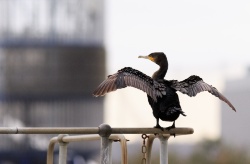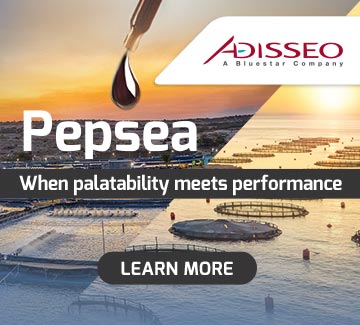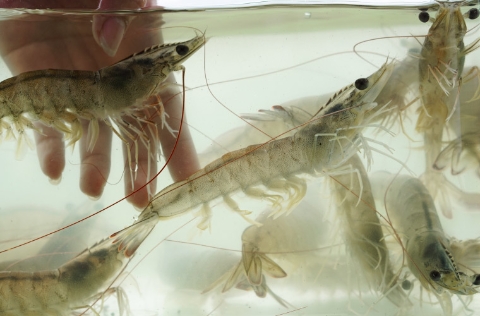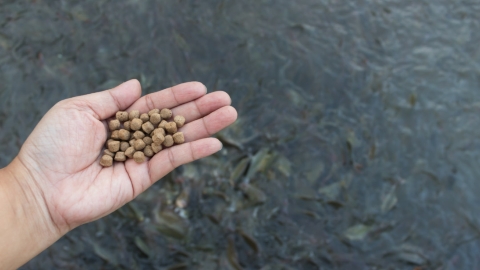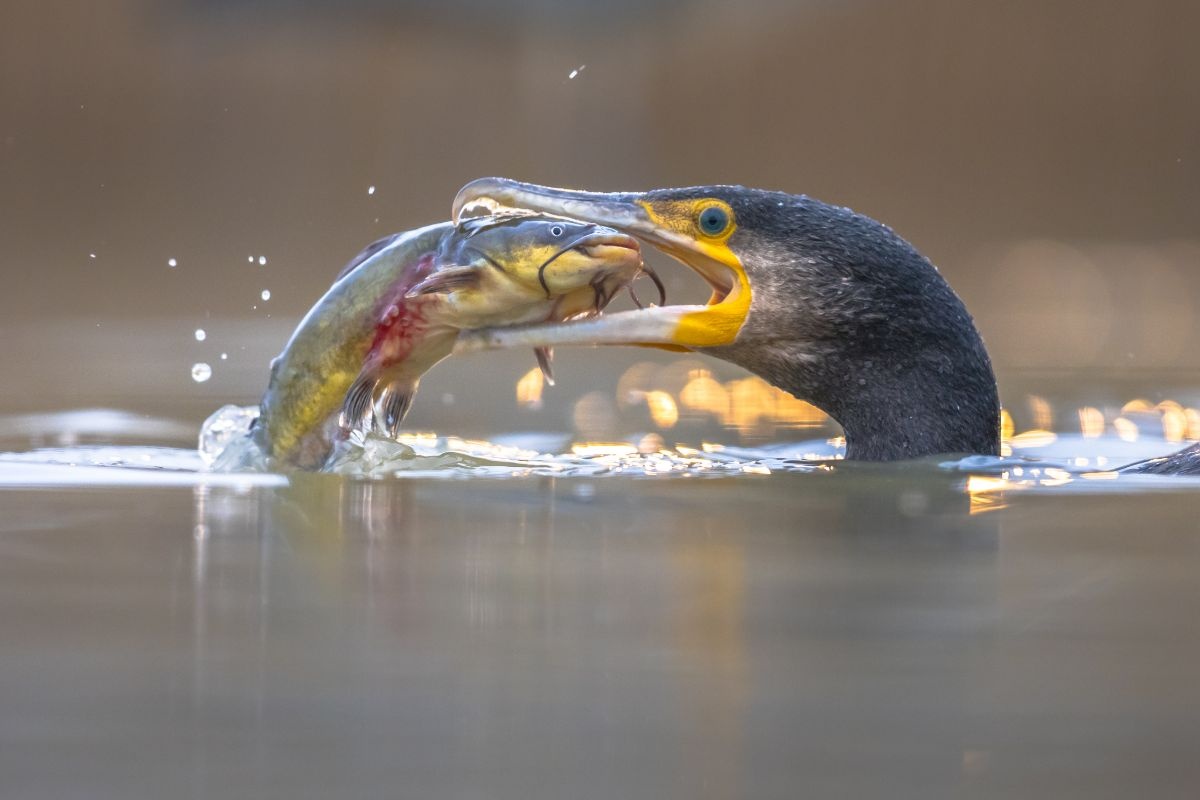
The soaring population of Great Cororants (Phalacrocorax carbo carbo and Phalacrocorax carbo sinensis) has become a pressing challenge for European aquaculture and aquatic biodiversity. Over the past few decades, the rapid increase in these migratory birds has sparked tensions between the need to preserve wildlife and the economic sustainability of Europe’s fish farming sector.
In Europe, what was once a seasonal visitor has now become a constant presence in many regions. Current estimates suggest that the population of Great Cormorant has skyrocketed to 1.8 million birds, a figure 20 times higher than just a few decades ago. This dramatic rise is attributed to factors such as climate change, which has reduced freezing periods in traditional wintering areas, and the abundant availability of food in fish farms. Together, these factors have created a situation that is increasingly untenable for both fish farmers and freshwater and coastal ecosystems.
A Devastating Impact
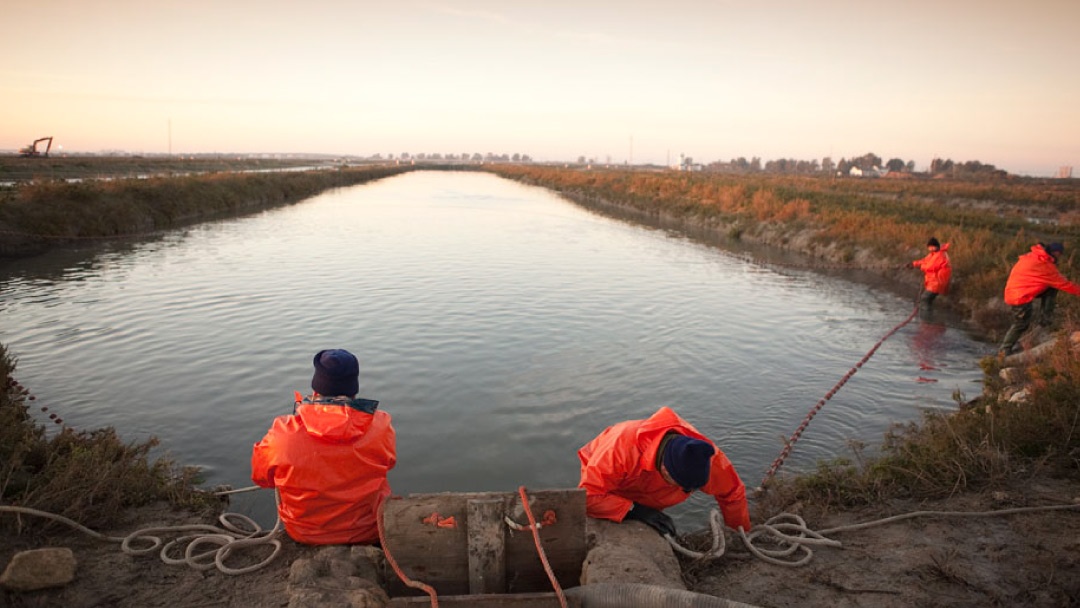 traditional aquaculture system / Bay of Cádiz (Spain)
traditional aquaculture system / Bay of Cádiz (Spain)
Cormorant are opportunistic predators with an enormous appetite, consuming between 300 and 500 grams of fish daily during the winter months. This level of predation exerts immense pressure on wild and farmed fish stocks alike. Across Europe, these birds are estimated to consume 300,000 tonnes of fish annually, a figure that exceeds the combined production of countries like France, Spain, Italy, Germany, Hungary, and the Czech Republic.
The consequences of this relentless consumption are severe. European fish farmers face millions in economics losses, not only due to the direct predation of their fish but also because of the collateral damage it causes. Surviving fish often sustain injuries, leading to poorer welfare, slower growth, and reduced commercial quality. This, in turn, diminishes the profitability of aquaculture operations.
For example, in Spain’s Bay of Cádiz, a local population of 4,000 cormorants causes annual losses estimates at €450,000. However, this is just one example of a much broader problem affecting fish farms across Europe. Recreational and commercial fisheries have also been hit hard, with reported losses ranging from 9% to 50% depending on the region and sector. Moreover, the intensive predation by cormorants threatens native and endangered species such as brown trout and European eel, further complicating efforts to protect aquatic biodiversity.
Current Measures: Fragmented and Insufficient
Despite the scale of the problem, existing mitigation measures have fallen short. Deterrents such as scarecrows, warning shots, and protective nets have shown limited success, particularly when implemented in isolation or without a broader coordinated approach.
The cormorant’s protected status under the EU Birds Directive further complicates efforts to control their population, as derogation to this protection are granted inconsistently across Member States. This has left many countries to tackle the issue with inadequate tools and little international support.
A Call for Unified European Strategy
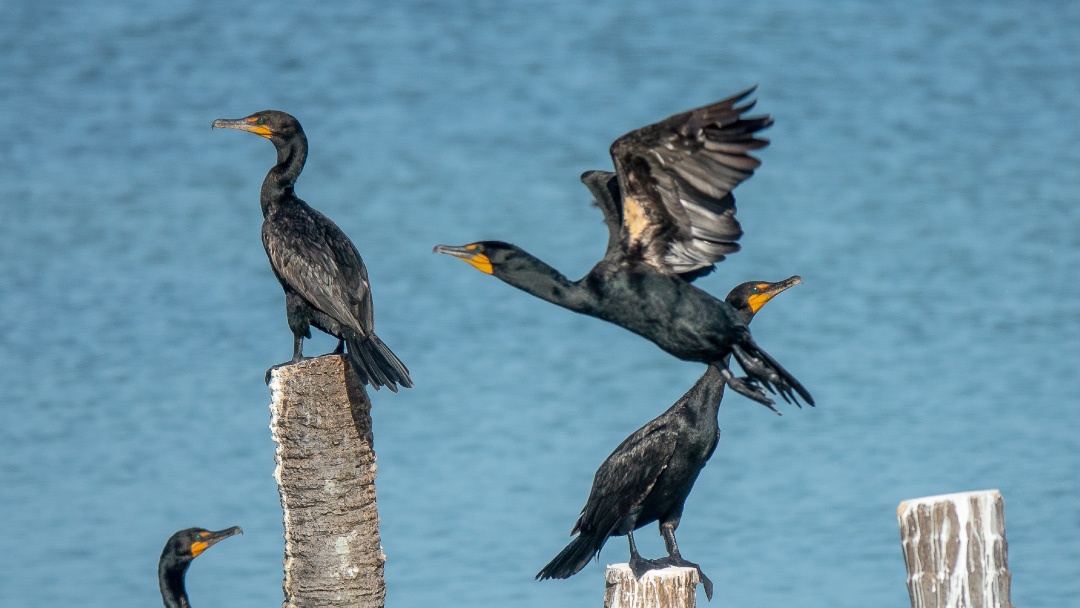
In response to this growing crisis, the Federation of European Aquaculture Producers (FEAP) has called for a comprehensive European strategy to manage cormorant populations. According to FEAP, population control measures must be informed by scientific data, evaluating the carrying capacity of habitats and implementing sustainable population regulation. Such measures must also be accompanied by economic support to compensate fish farmers for their losses.
Drawing parallels with other ecological conflicts, such as those involving wolves and livestock farmers, FEAP suggests introducing compensation schemes to safeguard the viability of aquaculture operations while long-term solutions are developed.
Technological innovation is also critical to addressing these challenges. Investments in stronger nets, advanced monitoring systems, and AI-driven deterrent strategies could significantly enhance the ability of fish farmers to protect their stocks. Furthermore, collaboration between Member States, universities, and scientific institutions is essential for developing tools and strategies that can be applied consistently across Europe.
The Bigger Picture
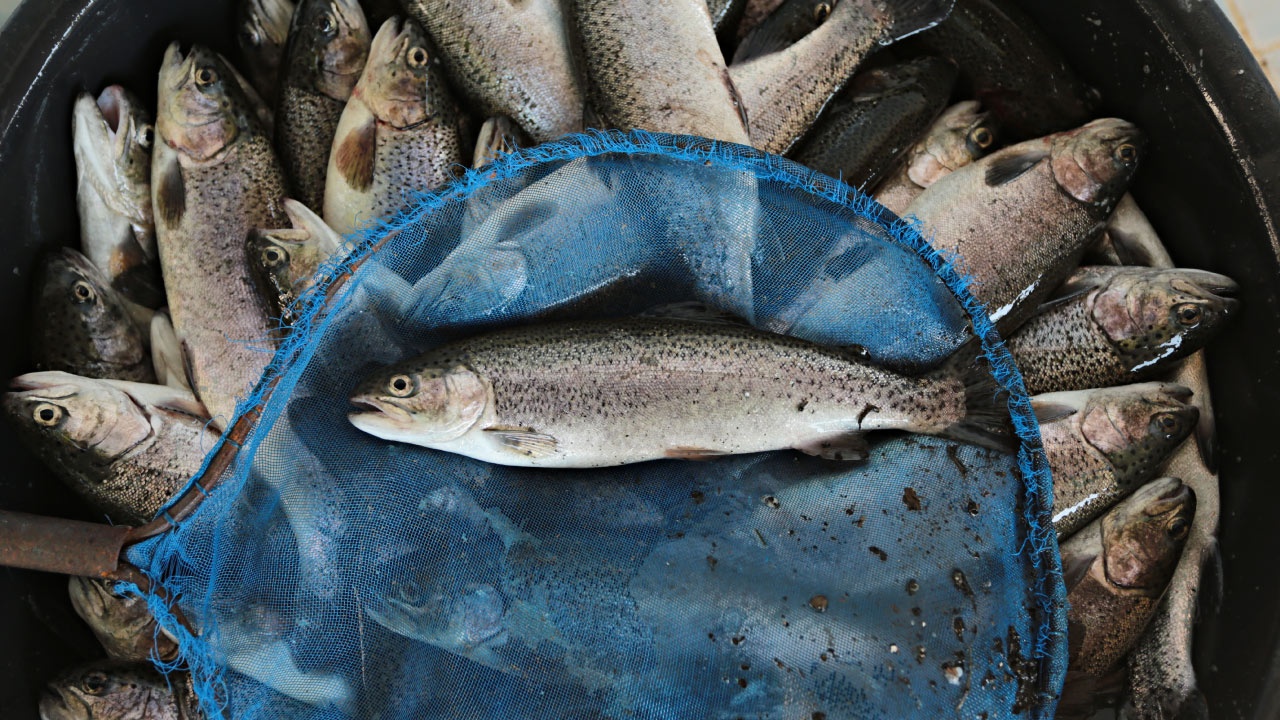
The impact of cormorants on European aquaculture reflects a broader issue: the difficulty of balancing human needs with the conservation of biodiversity. However, achieving this balance is possible through coordinated efforts and a commitment to long-term sustainability. A unified European response would not only protect fish farmers but also safeguard aquatic ecosystems and the food security of millions of peoples. The time to act is now-before the economic and ecological losses become irreversible.

